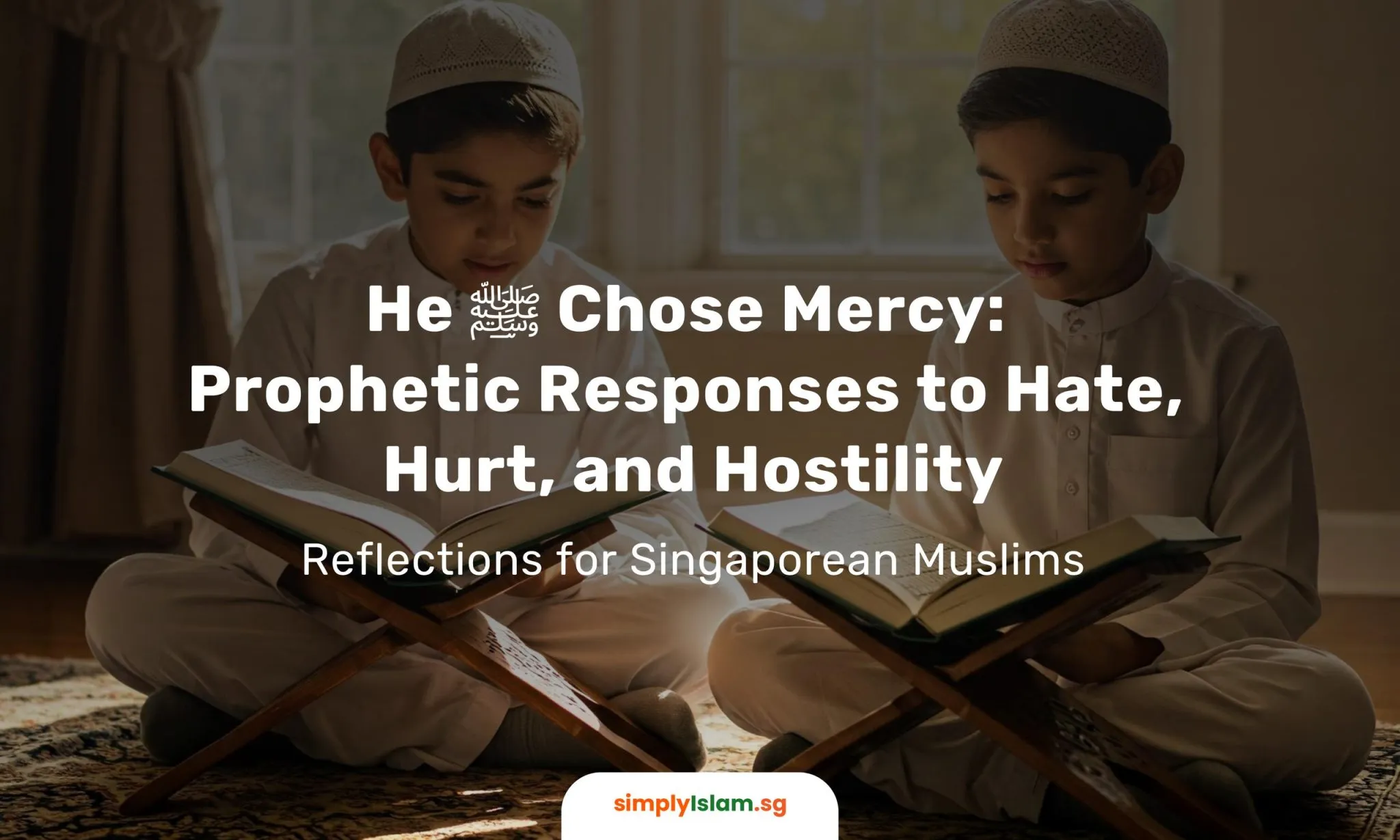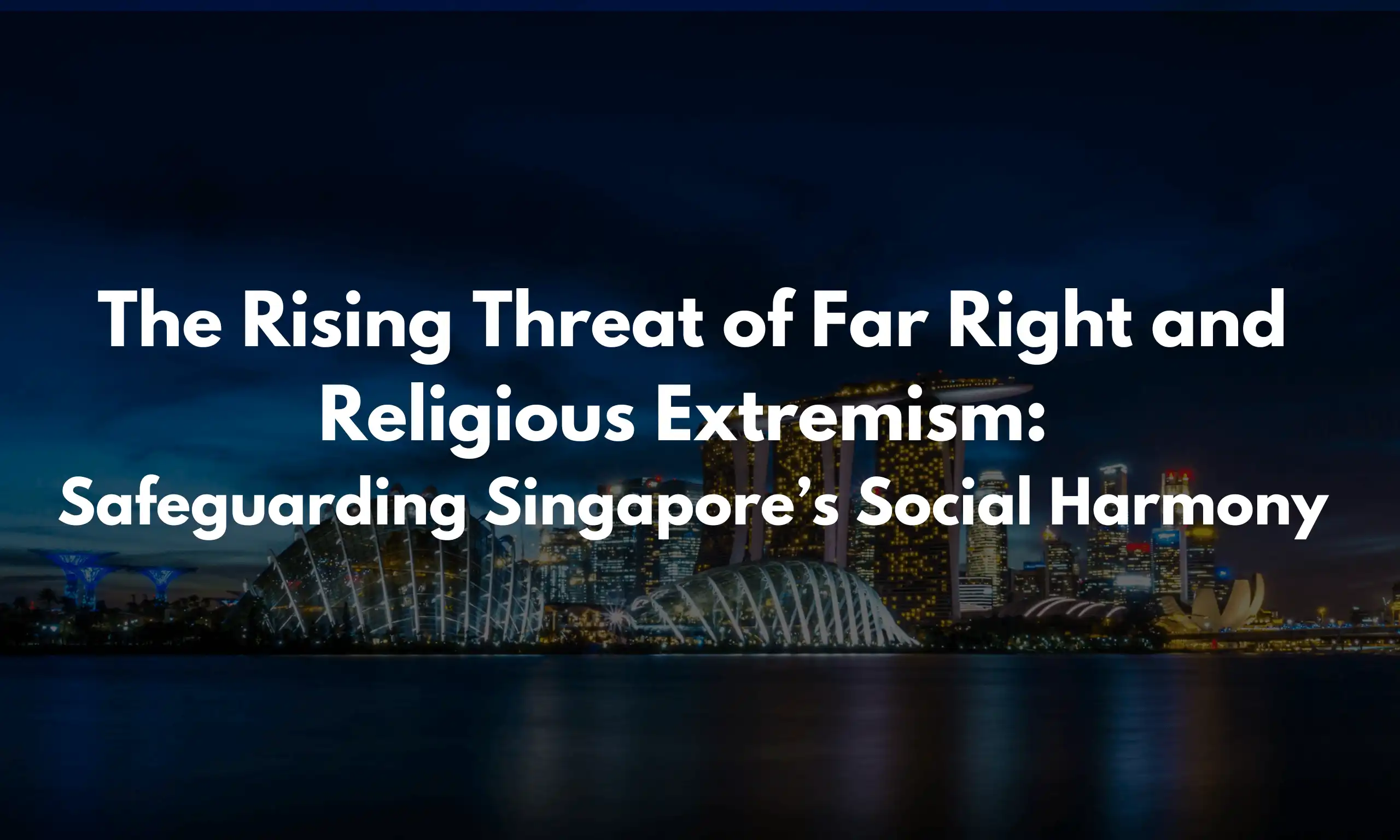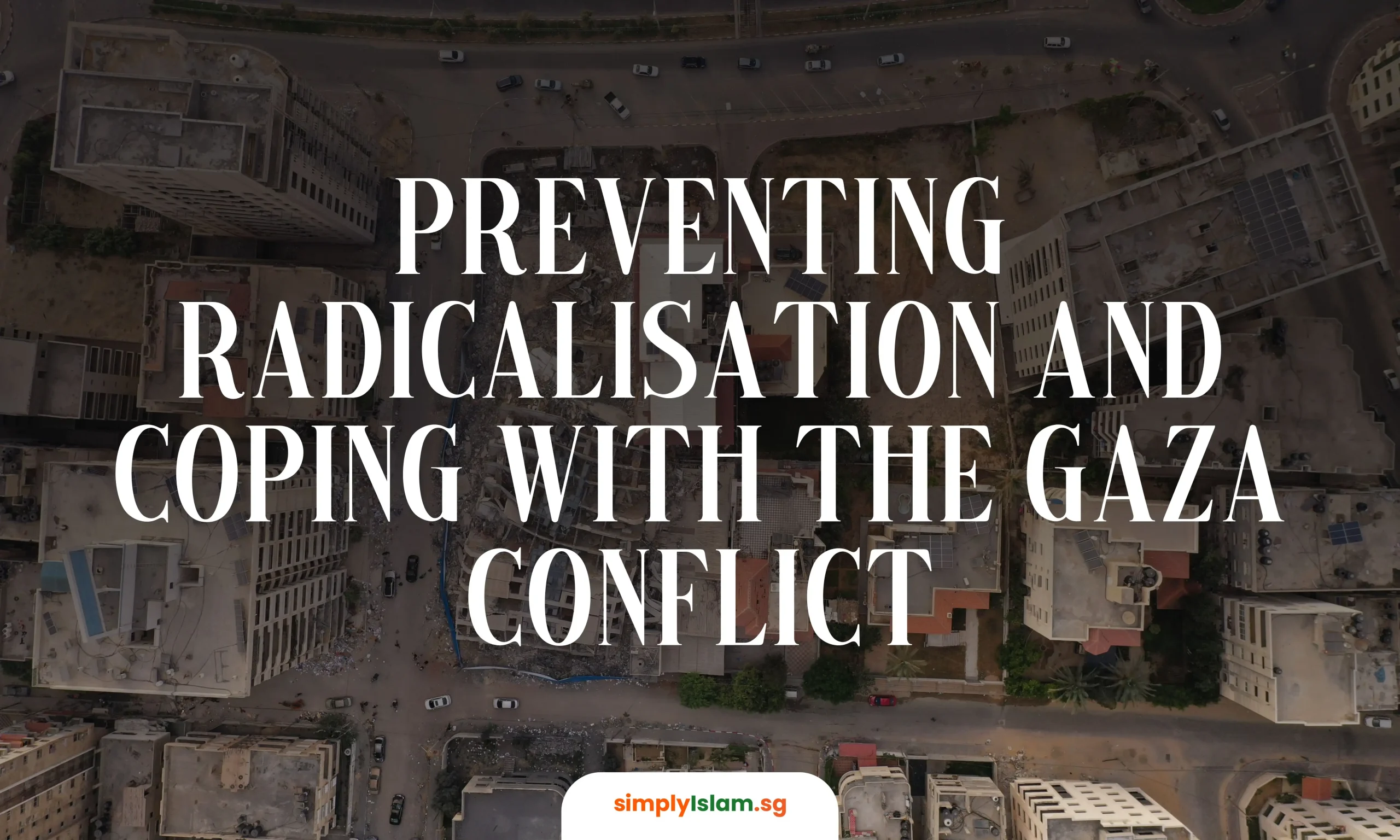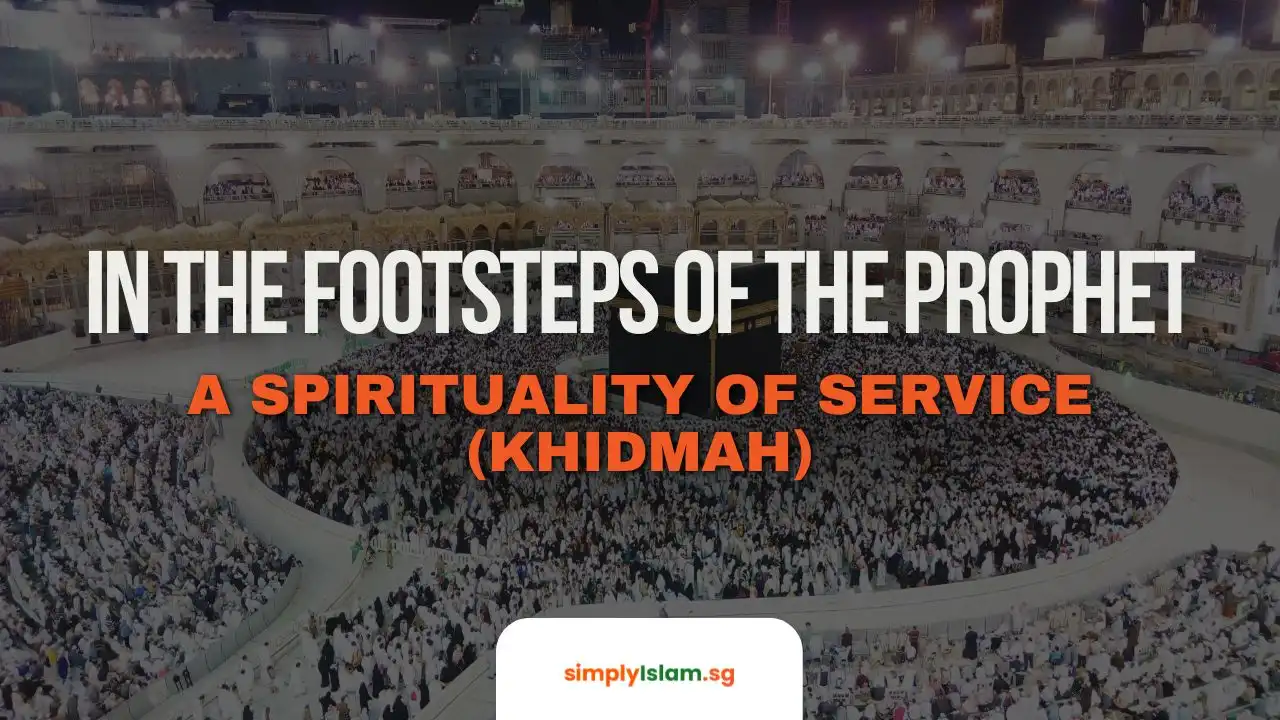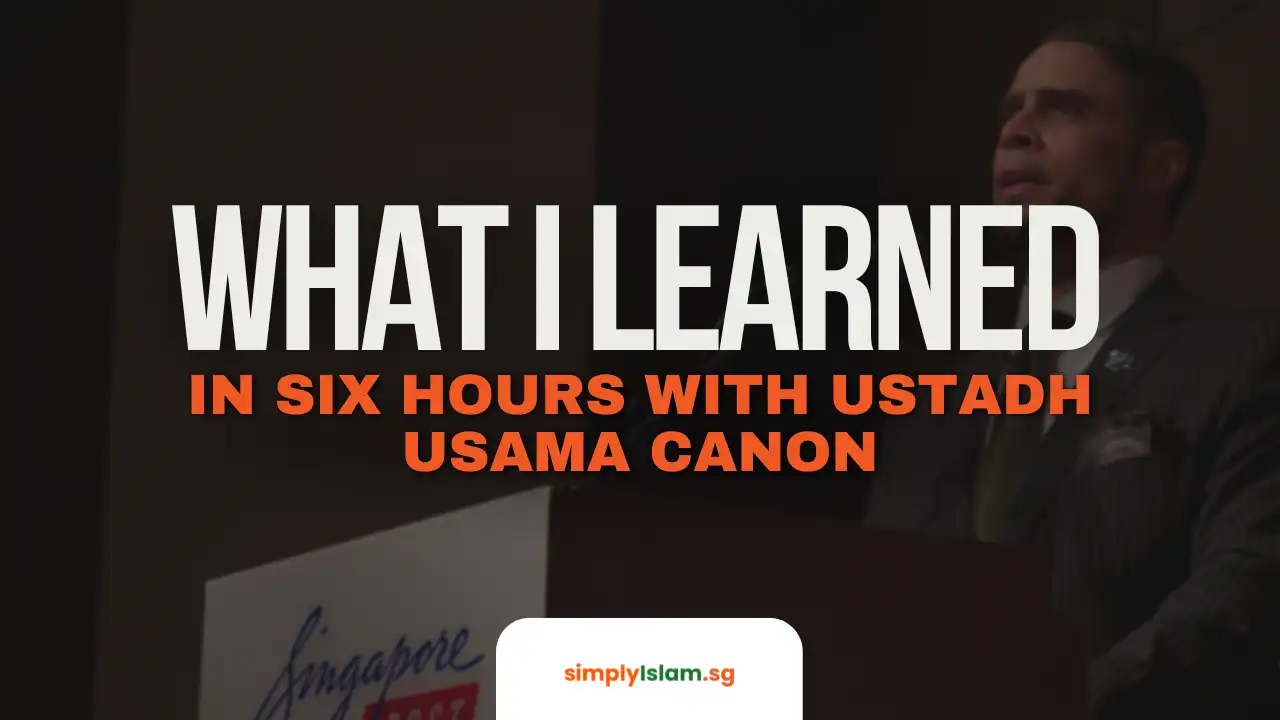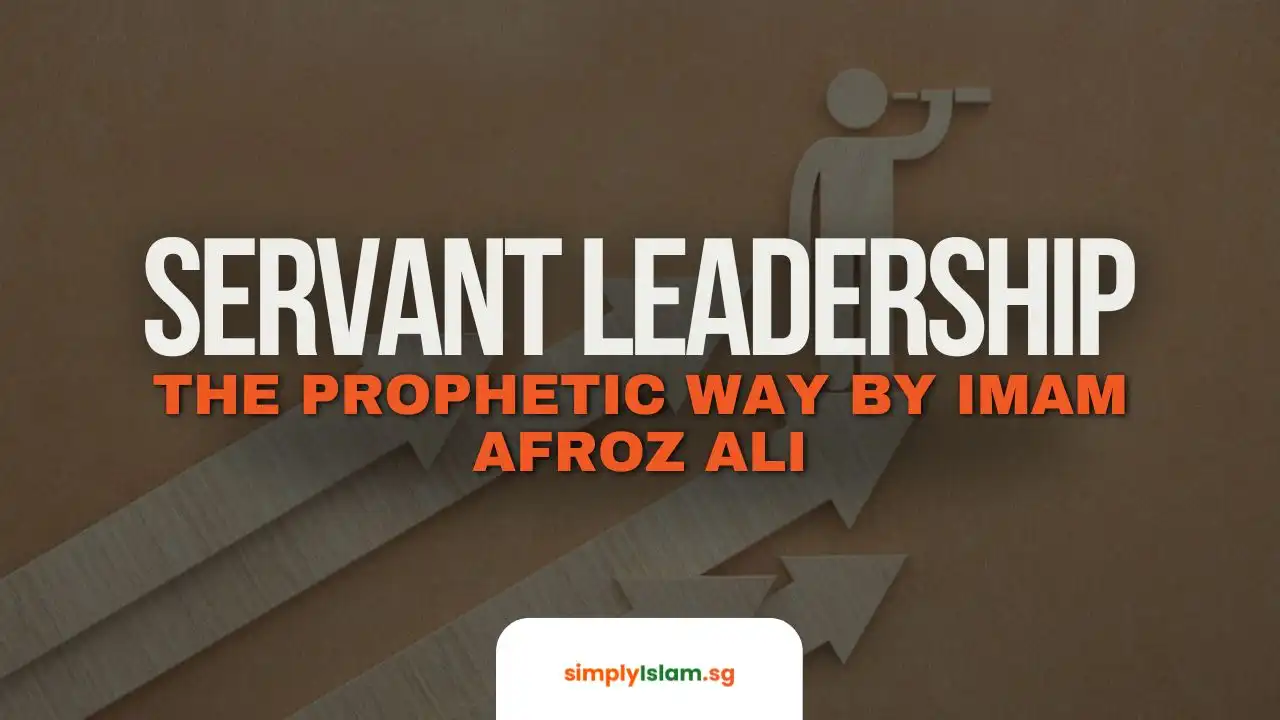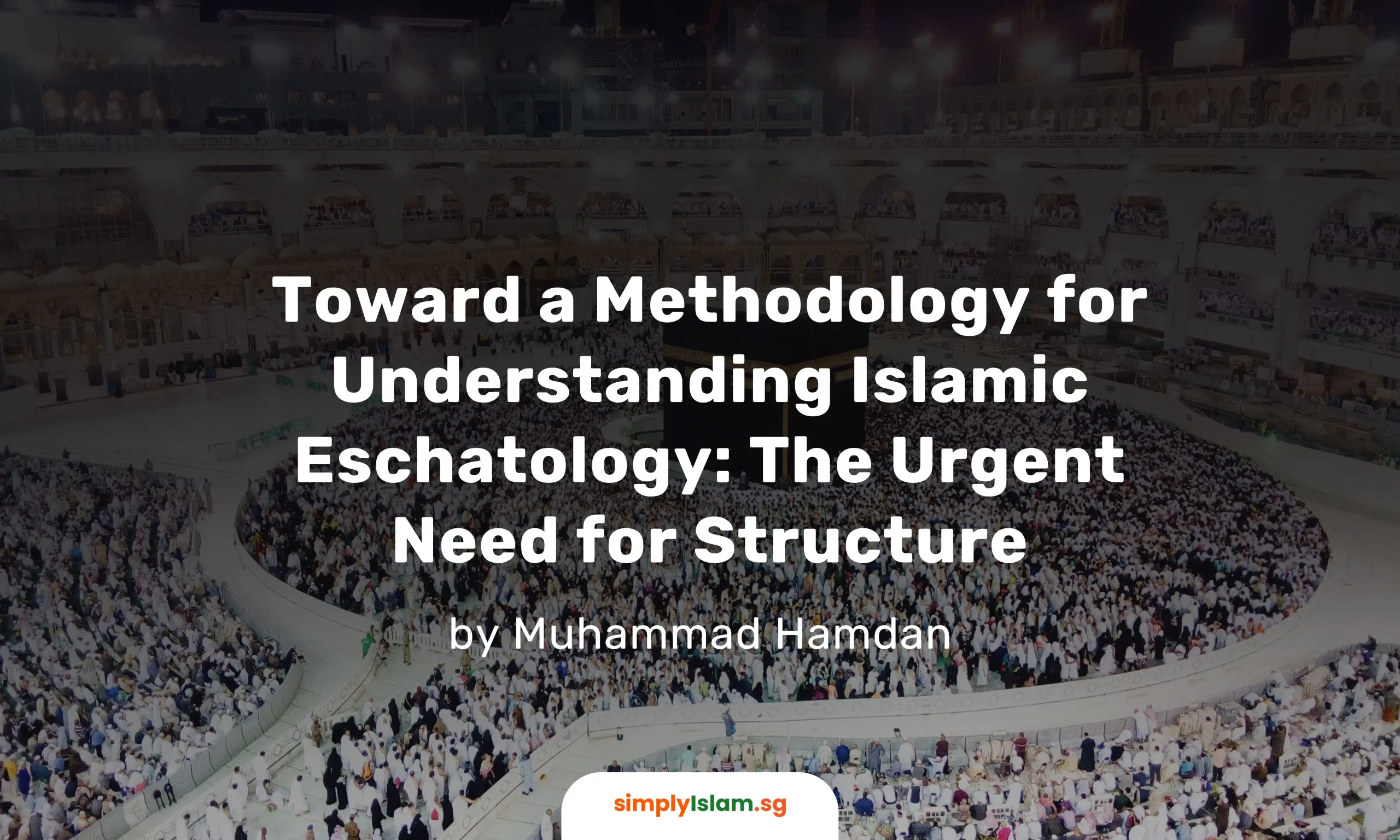
Toward a Methodology for Understanding Islamic Eschatology: The Urgent Need for Structure
He ﷺ Chose Mercy: Prophetic Responses to Hate, Hurt, and Hostility
Reflections for Singaporean Muslims

Islamic eschatology—the study of the signs of the Last Day and the events leading up to it—has long stirred curiosity and reflection among Muslims. The Qur’an and Hadith are replete with references to these end-time occurrences: the emergence of al-Mahdi, the return of Nabi ‘Isa (a.s.), the appearance of the Dajjal (Anti-Christ), and a series of cosmic and geopolitical upheavals. These prophecies, while meant to orient believers towards spiritual, moral and even economic preparedness, are frequently approached without a consistent interpretive framework. The consequences of this gap are not theoretical—they are real and, in some cases, devastating.
In recent decades, eschatological narratives have been appropriated by militant and extremist groups to legitimize violence and attract followers. This is rooted not in the eschatological texts themselves, but in how they are misread. As with jurisprudence (fiqh) and theology (‘aqidah), misinterpretation can lead to dangerous outcomes: flawed rulings, deviant beliefs—and in the case of eschatology—violent ideologies or dangerous cults.
One of the key reasons why such misreading proliferate in eschatology is the absence of a robust, systematized framework akin to the legal schools of fiqh or the theological traditions of Islam. In those fields, students and scholars rely on structured methodologies developed over centuries. A jurist need not independently sift through every verse and hadith to derive a ruling; they access the corpus through established madhhabs and their authoritative texts. In contrast, eschatology remains relatively underdeveloped as a formal discipline. While some scholars have addressed the subject, it has not received the same depth of scholarly attention or systematic classification.
Without a coherent “Fiqh of the Signs of the Hour” or Fiqh al-Taḥawwulāt (understanding of changes)—an in depth understanding coupled with proper methodology that contextualizes and periodizes end-time narratives—Muslims are often left to navigate the prophetic traditions on their own. This opens the door to personal interpretations, many of which lack grounding in classical scholarship or broader hermeneutical principles.
There are worrying examples of how this vacuum is exploited. The hadith concerning the black banners from Khurasan, for instance, has been instrumentalized by groups such as ISIS, the Taliban, Al-Qaeda, and others. In Singapore alone, multiple cases in recent years have involved individuals inspired by this narrative: one man arrested under the Internal Security Act in 2022, and a 14-year-old boy placed under restriction in 2024 for aspiring to fight under what he believed to be the Black Flag Army. These examples highlight not only the power of religious symbolism, but the dangers of misapplied eschatological traditions.
The same holds true for the figure of the Mahdi. In 1979, Juhayman al-‘Utaybi led an armed seizure of the Grand Mosque in Mecca, claiming allegiance to a supposed Mahdi. The standoff lasted two weeks, resulting in hundreds of deaths. Even today, self-proclaimed Mahdis continue to appear and draw naïve followers, exploiting messianic expectations rooted in a vague or decontextualized understanding of the texts.
Periods of upheaval frequently spark heightened interest in end-times narratives, particularly among youth who seek certainty and direction amid uncertainty and instability. However, such interest is often fleeting, fading as the immediate sense of crisis subsides. What is needed is not momentary curiosity, but a sustained and structured approach to the study of Islamic eschatology—one that is rooted in sound scholarship rather than shaped by fragmented and sensational content circulated through short-form videos and social media platforms.
To guard against misdirection, eschatological texts must be approached with discipline and restraint. Scholars familiar with the hadith corpus have long debated the authenticity, strength, and sequencing of eschatological narrations. Some signs—like the coming of the Mahdi—are generally accepted, while others, such as the black flags, are contested or even considered myths by certain scholars. For the average reader, unaware of the existence of multiple narrations on a topic, drawing conclusions from single hadith can lead to serious misjudgements.
Any attempt to apply end-times narrations to current events must meet strict conditions: all described attributes in the text must correspond exactly to the contemporary situation. If even one attribute is missing, the application should be suspended. The real-world context must be examined in detail, through sound knowledge of the current state of affairs, before aligning it with eschatological prophecy.
The rise of digital platforms has further complicated the landscape of Islamic eschatology. Short-form videos, TikTok clips, and sensational thumbnails now circulate hadiths—often without context or qualified scholarly commentary. These forms of consumption reduce eschatology to entertainment, while simultaneously exposing viewers to ideological manipulation. Without critical engagement, the viewer is left to ‘assemble’ a worldview from disjointed narrations and comment threads, a dangerous situation for impressionable youth.
Thus, what is urgently needed is a methodological framework—a Fiqh of the Signs—that is balanced, rooted in tradition, and resistant to sensationalism. Such a framework should allow Muslims to engage eschatological texts with care, clarity, and humility. It must discourage hasty conclusions, emphasize the need for scholarly consultation, and foster a mature religious discourse around the end times. In a time of global instability, the need for a structured, scholarly, and nuanced approach to Islamic eschatology has never been more urgent. Scholars, and Islamic institutions are responsible to educate Muslims on a proper methodology of eschatology. There is a need to dispel misconceptions, especially via Friday sermons, Islamic studies, and online content.
When approached with proper guidance and sound methodology, Islamic eschatology has the potential to cultivate not fear or fatalism, but mental resilience, spiritual grounding, and a sense of preparedness. The emphasis is not on predicting the end, but on preparing for it with clarity, purpose, and faith. As the Prophet ﷺ beautifully stated, “If the Hour comes while you have a seedling in your hand, plant it.” This concise yet profound teaching reminds us that our role is not to abandon the world in the face of its end, but to remain committed to righteousness and constructive action.
But what constitutes proper guidance and methodology in studying eschatology? According to the framework of Fiqh al-Tahawwulāt, proper guidance entails referring to scholars who embody the balanced middle path (al-Namāṭ al-Awsaṭ)—scholars who are connected to an authentic scholarly tradition, uphold the integrity of religious knowledge through recognised chains of transmission (isnād), and possess upright character, guarding themselves from tribulations —be it in the form of unjust violence or the vilification of fellow muslims. These are scholars who read the signs of the times not through political hysteria or sectarian agendas, but through prophetic insight and spiritual sobriety.
Sound methodology, in turn, involves treating eschatology with the same disciplined approach applied to fiqh and theology. One does not dive into complex rulings or creeds without first studying foundational texts under qualified teachers. Likewise, eschatological knowledge must be approached through a structured curriculum, beginning with primer texts authored by reputable scholars, and gradually progressing to more advanced studies. This approach ensures that the signs of the Hour are not isolated fragments but are understood within their proper theological, historical, and moral contexts.
In an age marked by sensationalism, misinformation, and ideological exploitation, this structured and balanced approach is more essential than ever. It safeguards not only the intellectual integrity of Islamic discourse, but also the spiritual health of the Muslim community—particularly its youth. Islamic eschatology, when grounded in tradition and tempered with wisdom, becomes not a source of panic, but a reservoir of guidance.
About the Author – Muhammad Hamdan
He is a MUIS-certified Asatizah (Graduate). He holds a Bachelor’s of Science Degree from the National University of Singapore, and another Bachelor’s Degree in Islamic Studies from UIKA-Az-Zuhri Institute, as well as a Master Degree from the Raja Zarith Sofiah Centre for Advanced Studies on Islam, Science, and Civilisation (RZS-CASIS). He works full time as a Research Analyst at the SRP Programme, Rajaratnam School of International Studies (RSIS), NTU Singapore.

